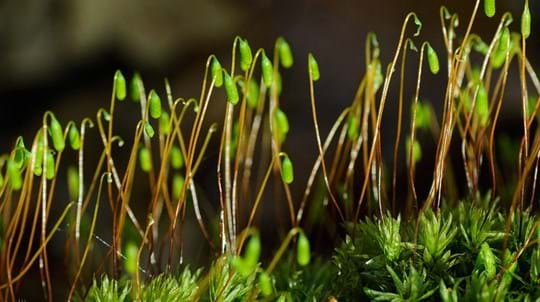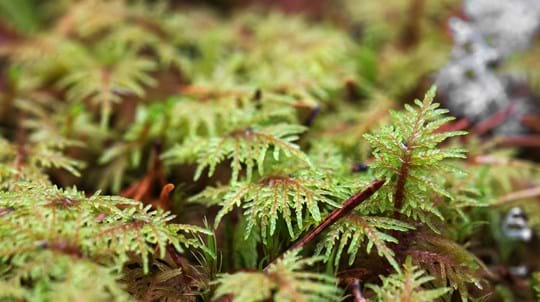
Credit: Sebastian Kaulitzki / Alamy Stock Photo
Tardigrades, sometimes known as water bears, are some of the toughest animals known. They’re able to withstand mind-blowingly extreme temperatures and pressure. Mosses also shelter invertebrates like woodlice and molluscs that are food for birds and small mammals.




